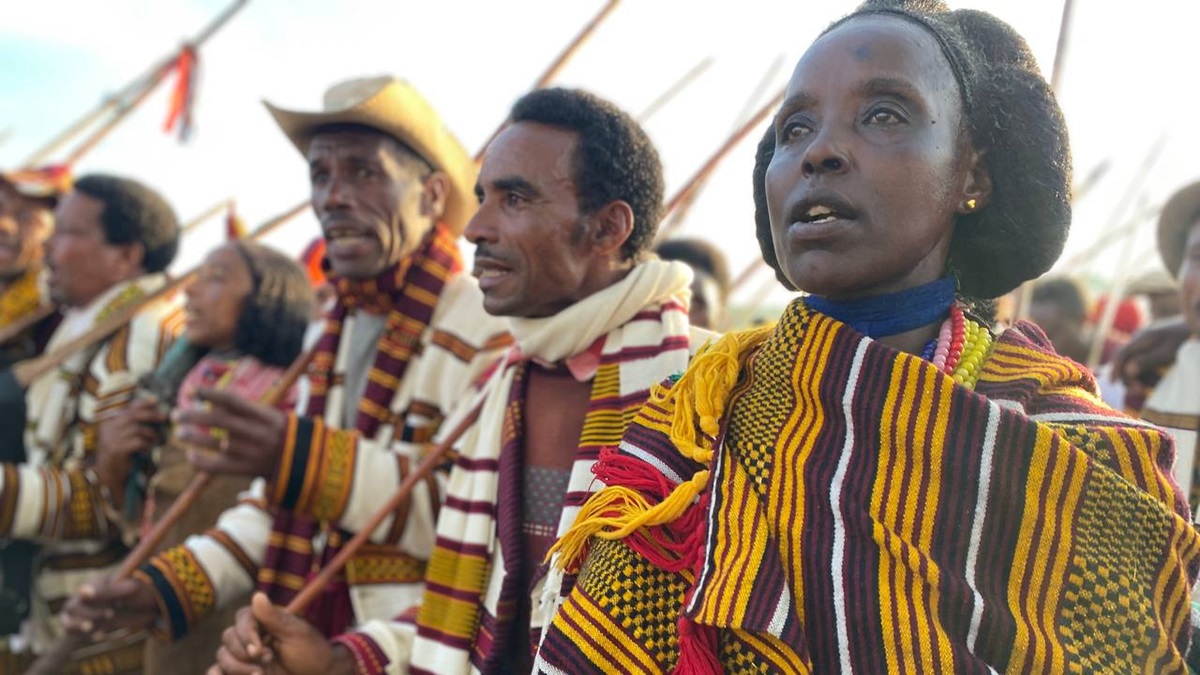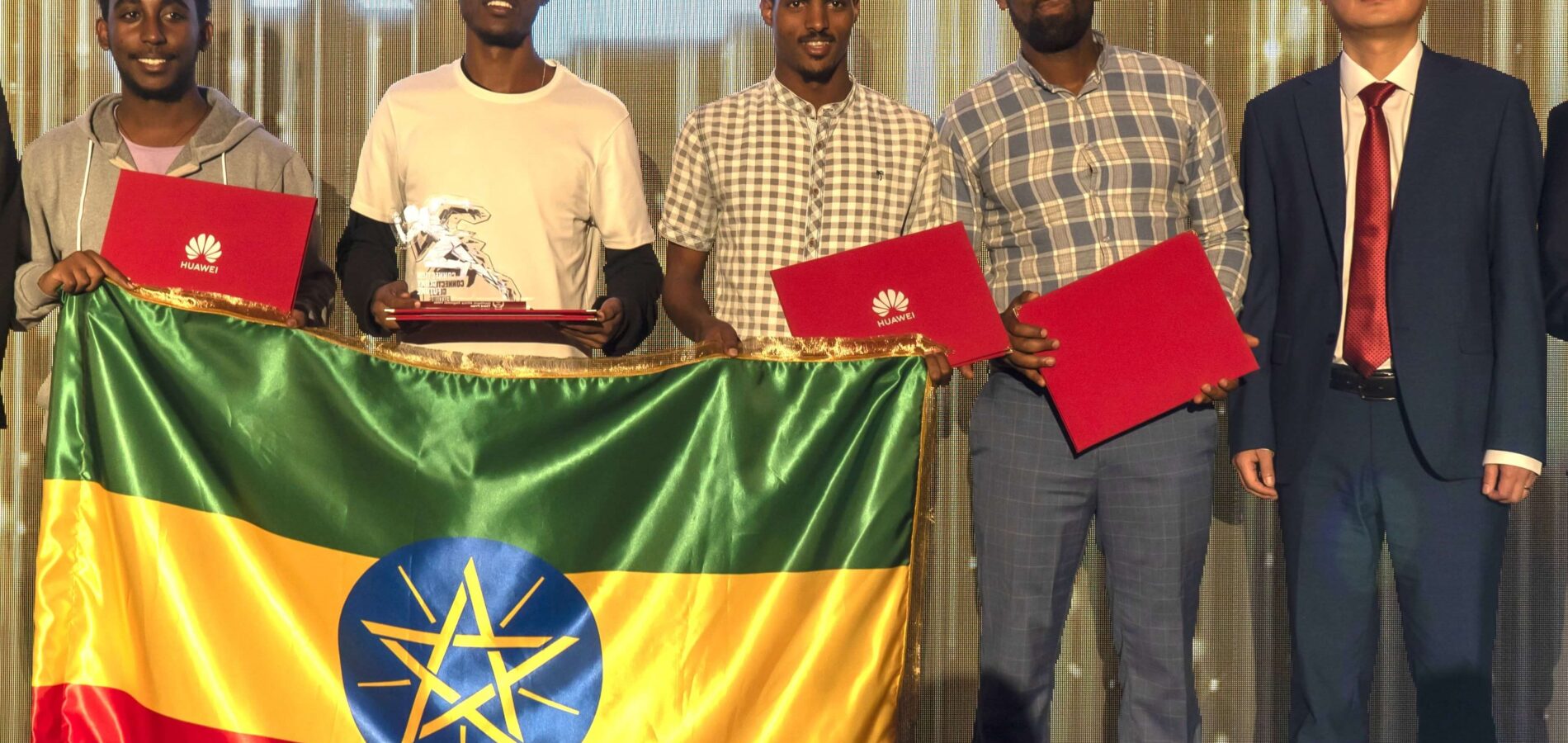Ethiopia’s dysfunctional developmental statism: It is not the model, fix the politics
Nolawi Melakedingel, Special to Addis Standard
The spectacular economic growth and overall development of South Asian countries was a source of envy since the 1980’s. Why it stayed an un-replicable and fragile industrialization model that was yet to prove its neo-liberal critiques has its roots in an aggressive state involvement despised by an assertive and well organized civil society and political thinkers who saw it as another unsustainable Chinese product.
But thanks to a combination of China’s economic growth and Korea’s innovative economy in the ‘90s, the idea of developmental statism has gained academic and political consideration among modernization theorists. The developmental state model, as it came to be coined by Chalmers Johnson, a Japanese political scientist who first gave the idea flesh and bones in his 1982 book ‘‘MITI and the Japanese Miracle,’’ is now a powerful adversary along with the regulatory state the neo liberal capitalism has had to face in its two centuries of free reign.
More importantly, the exceptional power developmental statism gained has to do with political decision makers of the developing world who were desperately trying to evolve from decades long command economy and maintain a sustained growth without adhering to economic neo-liberalism demands that prescribe pushing aside the state in favor of privatization and private investment to attain socio economic progress on par with the developed west.
Simply put, it is a political economic model that puts forward a set of policies to allow the state push through reforms for economic recovery and play a decisive role in guiding key economic sectors into a fast economic growth through a sustained industrial and innovative dynamism. Until a home grown private sector that can responsibly and dependably takes over, the leadership of the growth is created, expanded, and nurtured by the state that retains control of political and economic governance.
The developmental state (also called authoritarian developmentalism) is an adoptive and evolving model; and so far no literature appears sufficient to generate a definitive essential feature shared by countries which claim success in applying the model. Its illustration is therefore limited to studies done on country by country cases in south Asia and Botswana (the closest example in Africa).
Studies by Public Policy Professors Seymor Lipset and Chalmers Johnson indicate that the political structure in developmental statism is one that is centralized, inexpensive and yet effective authoritarian leadership which focuses on stability and predictability of a bureaucracy with intolerance to political opposition that may derail its anticipated long term predictability. South Korea presents the ultimate example: in the 70s and 80s the state infiltrated all aspects of public life and put down, co-opted, threatened, and contained opposition.
Ambitions and failures
The model works on two fronts to effectively facilitate the birth of an industry-led economy. It puts forward aggressive industrial policies (infrastructure, selected industrial clusters, promoting exports, tax incentives, subsidizing inputs, and strict quality standards) while spearheading unpopular reforms on land, investment, and social (health, labor and education) policies.
In the case of Ethiopia, the most serious of questions discussing the developmental state model, imposed into practice and results by the late Meles Zenawi in the last ten years, is ‘what warrants the need for it in a world where the economic panacea dictated by best practices spanning a 150 years of proven track record is a neo liberal state subverted by market forces?’
Ethiopia has gone a great length in adopting the developmental state model mostly taken from Taiwan and South Korea with variants from China and Singapore. The ruling Ethiopian Peoples’ Revolutionary Democracy (EPRDF) was unequivocally right when opting to experiment with the model considering the pre capitalist strands of the country that make it the worst fit into a market-based neo-liberal system.
The challenges are rather brought by the party’s reckless failure to internalize the basic principles of the model and its refusal to recognize how short-sighted profit mentality and an incompetent revolutionary democracy might jeopardize its ambitions.
Making the model operationally tricky is the fact that its viability rests on the efficiency of its two main components that must exist and work together: a well-designed and accountable developmental structure and its technical and bureaucratic capacity.
The first one involves the creation of stable government, a cohesive and responsive bureaucracy and lean institutions that can push through reforms. The structure allows the state to quickly move to review regulations and stimulate, guide and stabilize the economy when it feels it needs to.
The second, and most critical component of the model, requires a commitment and technical capacity of a state leadership to translate the developmental roles and structures into results. It is a model that uses elite bureaucracy. The structure without the commitment to prevent rent-seeking and a capacity to deliver makes the developmental state entirely meaningless and only wastes tax-payers’ money on investments whose return diminishes due to inefficiency, cost over-run and inflation.
Dare to U-turn
Both the developmental structures and the capacity and commitment issues are needed. But without a critical parallel synergy the lone structure fails to exploit the dividends. By the same token, lack of structure is not good enough in creating the push for potential even if commitment and technical capacities abound.
The main concern when discussing Ethiopia’s embrace of the model should not be about the ruling EPRDF selling it to a population that is wary of authoritarian coaching. Amidst the rush against time the reactionary elite, as it has done over the past half a century, is yet to come to a sensible agreement on an alternative roadmap to transform the economy.
The massive workforce that graduated from secondary and tertiary schools in the last two decades envies jobs and better living standards and with some adjustments can follow in the foot-steps of industrial Taiwan, innovative Korea, and dynamic Singapore. Alas, the responsibility squarely rests with the government to internalize the model and show willingness to make painful ideological concessions and let go off its obsession with bureaucratic incompetence.
It is not the model
The model, taking into consideration Ethiopia’s history of inflexible structural socio-economic problems, is well justified from both historical and analytical points of views. For a country that is pre-capitalist agrarian with a fast growing population and a commodity-reliant economy, Meles’s decision to adopt developmental statism makes a sound economic sense to move forward. The dangerous details lie in how the structure is designed on the ground.
If it is any comfort for the critiques who invoke the ‘‘Alien and unworkable’’ rejections, it is only fair to mention that the concept was also new to South Korea in the 60s. Atul Kohli, a renowned scholar on state directed development, argued that it was ‘‘the Japanese colonial legacies that laid the foundation for the developmental state in South Korea. During the 35 years of occupation, the Japanese oversaw sustained economic growth, built cohesive bureaucratic organizations, and constructed centralized and coercive institutions. While Koreans’ contributions to later development are acknowledged, they were in a sense simply gliding along the “grooves” or a developmental structure first carved out by the Japanese.”
However, the cultural argument needs to be reckoned for the influence of Confucianism on the lives of South Koreans. Confucianism is a spiritual code of ethics that places a central belief in harmony and hierarchy between the governed (who must obey and respect) and the governor (who must lead by example and moral standard). There are strong arguments about the developmental authoritarian model and Confucianism feeding each other to transform the country in 30 years.
The developmental state as applied in Ethiopia is demonstratively workable though dragged by ideological barriers that have fostered bureaucratic red tape and rent-seeking. And the challenges are more cumbersome when it is dictated by an ideology that has so far pushed away strategic and technical excellence in favor of party politics. All background and context said, the entire concept of developmental state boils down to one inescapable imperative: bureaucratic competence. Without a technocratic and accountable administration at the disposal of the public, developmental statism, for that matter any model that wants to profit and expand, fails before it even takes off. Hey, it is not the model. The model works just fine. Fix the politics!
The writer can be reach at nolmelak@gmail.com







